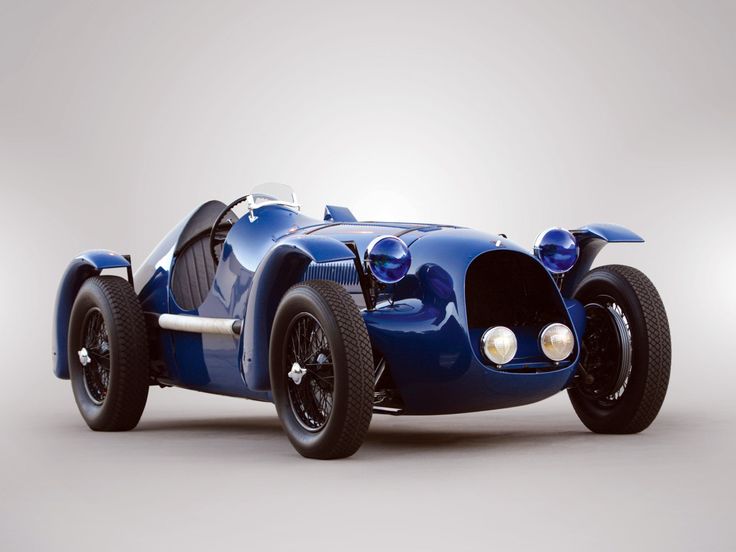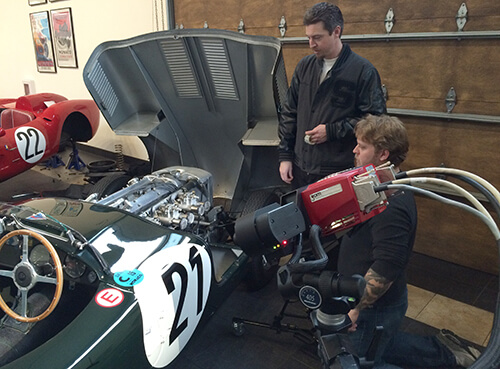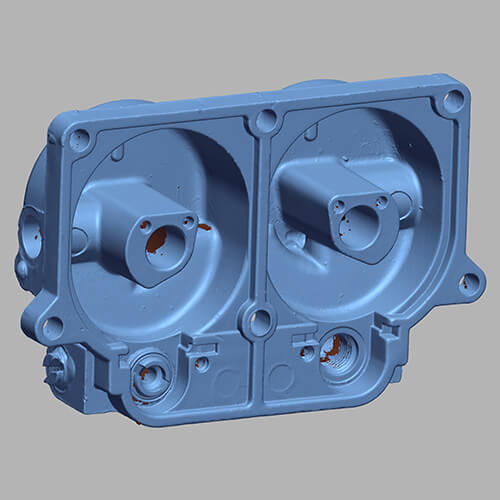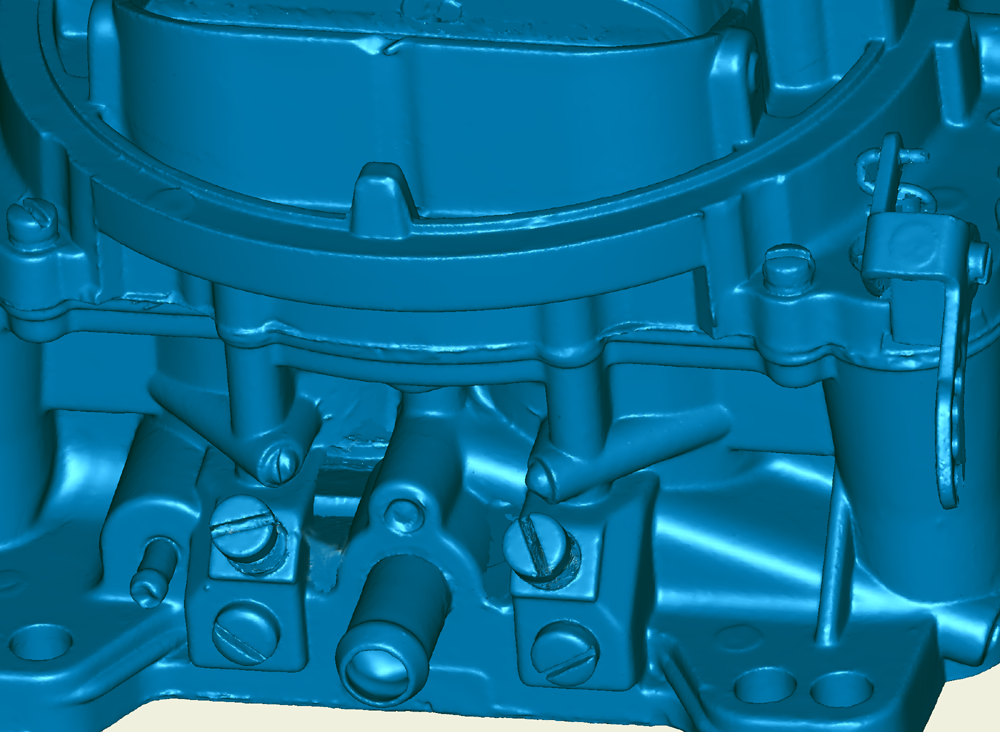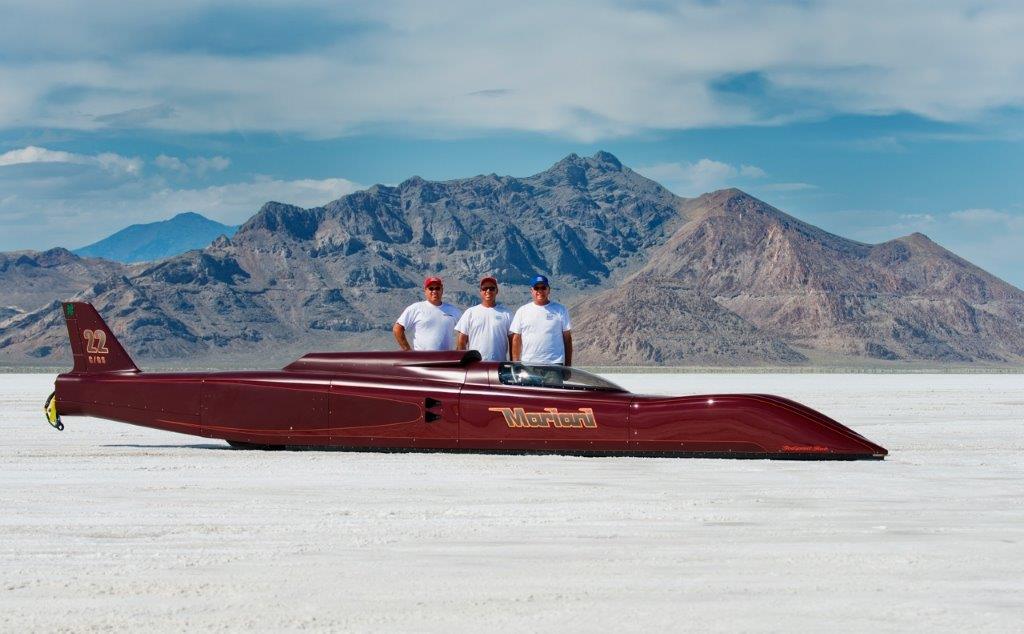Author: Somerset Bassett
The 1938 Talbot Lago bevel gear we were asked to reverse engineer required a CAD file to create new parts. These parts wear over time and the originals have not been supported since Lago was sold in 1958. We began by scanning the object with an aerospace grade Breuckmann optical scanner which captures every detail, including the wear, to within 10 +/- microns. From there, the data is transformed through the use of several CAD (computer assisted design) packages. Beginning as an .STL file, which has severe limitations in CAD and CAM software, the data results in a parametric CAD file which can be used in all state of the art design and manufacturing processes. Because of the accuracy of our scanners and accruement of our engineer team, our files are often determined to be better than the original parts.
Many companies do not support their past models with replacement parts, even if the product is still in high demand. This happens for many reasons; companies change hands, drawings and molds are lost, and businesses go under. Mechanics and enthusiasts often anticipate these issues and stock up on many essential parts. Other items, unfortunately, have become increasingly scarce which is why we are called upon to recreate these historic parts.
This is not an uncommon problem. The best example being the A-10 Warthog, a military plane that specializes in close combat air support for ground troops. Prior to the second Gulf War, the plane had been retired and, in classic military fashion, the manufacturing molds were destroyed. However; as the slow speed of the plane made it a favorite of ground troops, the last 10 vehicles in working condition were in extremely high demand. The military contracted extensive 3D scanning and reverse engineering work to recreate functional molds to make replacement parts for those that were worn out or destroyed in combat. With the help of 3D scanning and skilled CAD and CAM work, the planes can continue to support the troops.

